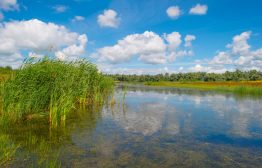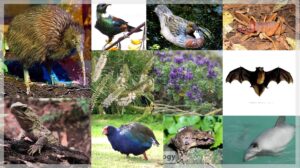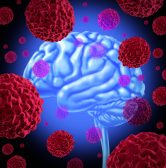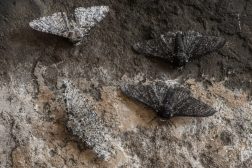Definition
noun
(plant taxonomy) A taxonomic class comprised of the dicotyledonous plants, according to the Takhtajan system and the Cronquist system of flowering plant classification
Supplement
The flowering plants (angiosperms) that make up the division Magnoliophyta may be grouped into two major plant groups: Dicotyledoneae (or Magnoliopsida) and Monocotyledonae (or Liliopsida). The Magnoliapsida includes all the dicotyledons whereas the Liliopsida includes all the monocotyledons. Both the Takhtajan system and the Cronquist system of flowering plant classification make use of this taxonomic grouping of angiosperms. In other system of classification, e.g. the Dahlgren system and the Thorne system. According to the latter systems, the Magnoliopsida includes all flowering plants, therefore, including not only the dicotyledons (under a subclass Magnoliidae) but also the monocotyledons (in another subclass Liliidae). Since the taxonomic classification of organisms is bound to change especially when there would be further studies of the species, it is likely that newer system of classifications would arise.
According to the Cronquist system of classification, the dicotyledons make up the taxonomic class of Magnoliopsida. It is comprised of 64 orders and 321 families.1
Scientific classification:
- Kingdom: Plantae
- Subkingdom: Embryophyta
- Division: Magnoliophyta (or Angiospermae)
- Class: Magnoliopsida (or Dicotyledonae)
Other common name(s):
See also:
Reference(s):
1 Cronquist, A (1981). An integrated system of classification of flowering plants. New York: Columbia University Press.







